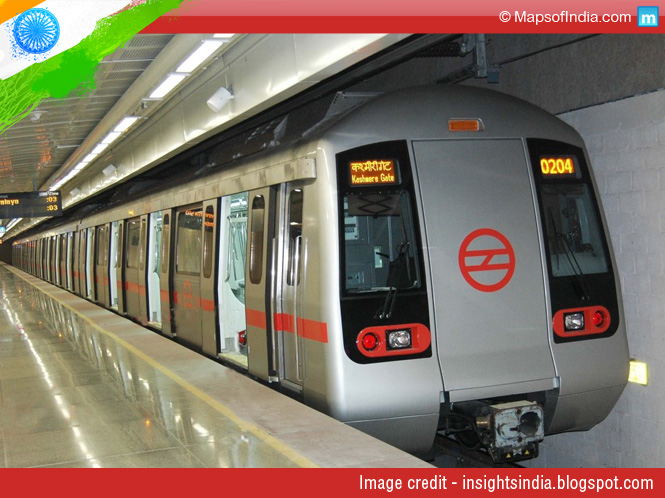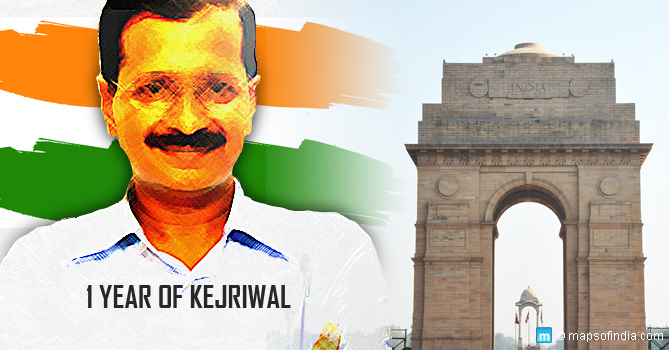Delhi position in Indian history is unique like no other city. From the times the Mughals began to call it their home, Delhi has continued to evolve as a melting pot of cultures and tradition. It’s amazing to see how easily Delhi welcomes people of all hues without a burp and then allows them to blend in and add to the idea of Delhi.
After independence, Delhi became home to migrants from Pakistan as also to migrants from various parts of India. Thus began a struggle to survive. Initially, the struggles centered on finding a way to get food and then shelter. This sheer desire to make a life drove people to value material possession.
In the first decade after independence, places like Daryaganj, Paharganj, Kashmiri Gate and Chandni Chowk grew as a residential hub along with commercial activity in the same area. Subsequently, posh residential areas continued to evolve such as Sundar Nagar, Golf links and Jor Bagh while the evolving middle class grew around Lajpat Nagar, Karol Bagh and Model town.
While Delhi was spreading in all directions so was the income gap between the emerging nouveau rich of the time and those that were struggling to make a living. An individual’s social stature began to be identified by the place where he lived and till date Delhi is the only city in India where you get slotted by the area you live in. Meet someone for the first time and the first question asked is where do you live? You get judged by the answer!
This had another fall out. After your house the next identifying measure of your social stature was ownership of a car. This was truer up to the 70s where owning a car (Ambassador, Fiat or Standard Herald) was a sign of economic success. Come 1983 and the Delhi was to change forever. Now owning a car was made possible and the emerging middle class took to it in droves. So the next differentiator was the make of the car!
So when Maruti launched the Esteem, it became the aspirational car. That race continues today. Owning an entry level Mercedes Benz, a BMW or an Audi no more raises eyebrows. The aspirational bar has got raised to the Jaguar, a Bentley or a Ferrari. Oh yes! The race continues.
Just a decade ago, no white collar manager or businessman would dare to be seen riding a public transport. Being seen in DTC bus was out of question. Reason being both prestige and absolute inconvenience. Come 2002 December and Delhi got its first metro! From the initial gushes and joyrides the metro has now become the lifeline to Delhi what local trains are to Mumbai.
Delhites have taken to the metro and how! Today, you can actually see a senior manager of a leading company riding the metro along with an aam aadmi. This would have been unthinkable a decade or so before. The advent of the metro has redefined value systems that have been deep rooted since independence. The driving force to change being sheer necessity. With cars growing rapidly on a limited road infrastructure, road pollution and time at a premium, people have no choice but to travel in a way that is clean, stress less and most importantly on schedule.
The arrival of the metro has several interesting fall outs. It’s become the platform for social interaction, quite literally. The youth find the metro a great place to reach, meet and hang out. So now the metro competes with the malls for footfall and foot retention. The metro is also a great place for a quick business meeting and exchange and you can see a number of executives engaged in animated discussions at various cafes and stalls in and around the metro. The Delhi metro realizes this and is creating more commercial opportunities like shops, offices etc. in its space at all stations. This is giving rise to employment opportunities to a number of people whose lives now revolve around the metro.
With the metro expansion connecting more areas of Delhi, the real estate market has got a fillip with the metro being the reference point. The major factor in deciding the location of a potential investment in property is the access to the metro. People of all classes are now finding the metro a better option that traditional road travel from point A to point B. Social stigma associated with public transport is fast disappearing. The Delhi metro has succeed in bringing people together in a way that no government, policy or education was ever able to achieve. This alone makes the metro very welcome in our lives.
Read More:
Delhi Metro: Etiquette for the commuters
What’s So Smart About Delhi Metro’s First Driverless Train?
Delhi Metro Map
Delhi Metro Stations Map
Will Tram Solve the Old Delhi Traffic Congestion?
First-ever Tram Services to Begin in Greater Noida
Social media etiquette: Should we inhale them?
Be true to yourself






